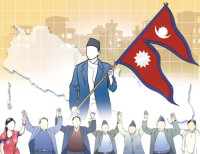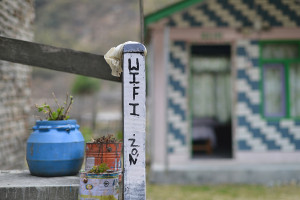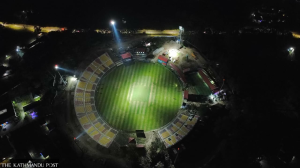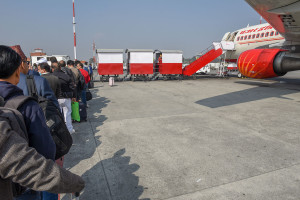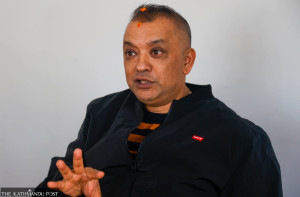Columns
Leveraging the regional forum
Forums like BIMSTEC can help advance South and Southeast Asian regional cooperation.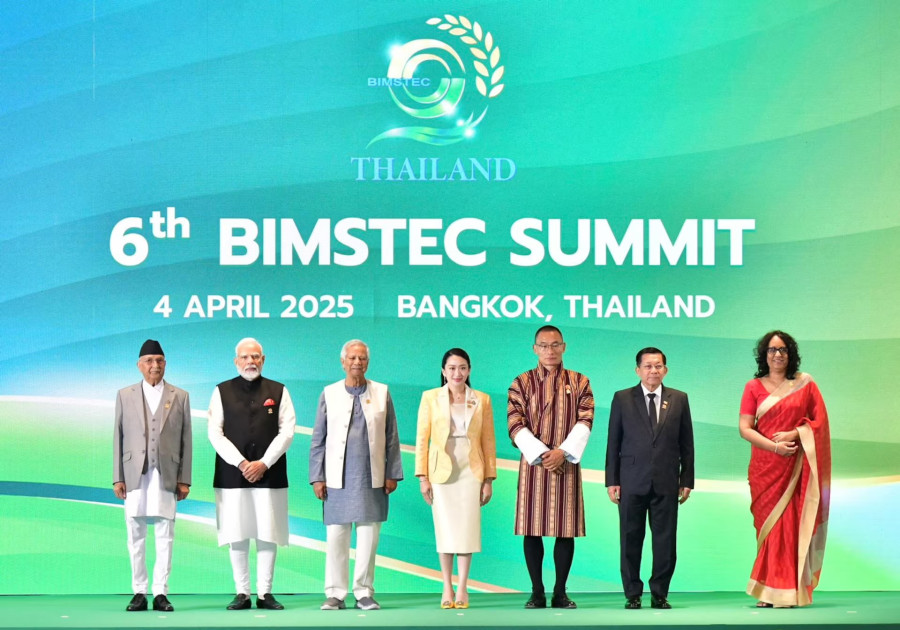
Smruti S Pattanaik
On April 4-5, heads of state from the seven member countries of the Bay of Bengal Initiative for Multi-Sectoral Technical and Economic Cooperation (BIMSTEC) met in Bangkok, Thailand to attend the sixth summit of the regional cooperation mechanism. Established in 1997, BIMSTEC included Nepal and Bhutan as its members in 2004. Its secretariat was established in Dhaka in 2014, and a charter was adopted only during the fifth summit meeting. The initiative focuses on maritime connectivity, human resource development, capacity building, energy cooperation and transport connectivity, with the Bay of Bengal at its core. It has also addressed security issues, such as the Humanitarian Assistance and Disaster Relief exercises with the first taking place in 2017.
BIMSTEC summit
BIMSTEC has seven areas of cooperation and several sub-sectors among identified priority areas, with each country taking responsibility for a particular sector. Unlike the South Asian Association for Regional Cooperation (SAARC), which doesn’t have such a high-level forum, BIMSTEC has held meetings at the level of national security advisers and is progressing in cybersecurity to devise an action plan for cooperation. Although it seeks to connect South and South East Asia, progress has been slow as Myanmar—the vital link country between the two regions—faces a civil war, halting several connectivity projects, especially the India-funded Trilateral Highway project. The BIMSTEC Motor Vehicles Agreement (MVA) that can set the connectivity rolling has also not been finalised. Likewise, the negotiation on the Free Trade Area has yet to come to fruition even though the Framework Agreement was signed in 2004. The 6th summit saw the conclusion of the BIMSTEC Maritime Transport Agreement and India proposed the establishment of the BIMSTEC Chamber of Commerce and offered to organise a business summit every year. Subregional organisations like the Bangladesh-Bhutan-India-Nepal initiative may help push the cooperation’s agenda as member countries do not share acrimonious relations.
Like SAARC, BIMSTEC provides an opportunity for meetings between South Asian leaders. Indian Prime Minister Narendra Modi met Nepal’s Prime Minister KP Sharma Oli and also the Chief Adviser of the Bangladesh interim government, Muhammad Yunus. Though the meeting with Oli was confirmed, the media was uninformed about the Modi-Yunus meeting. Both meetings hold significance in South Asia's regional context, especially regarding India’s relations with the two countries.
Modi-Oli meeting
The bilateral meeting during the summit was Oli’s first meeting with Modi since assuming office as the Prime Minister of Nepal in July 2024. During Oli’s last term, the relationship had nosedived on the issue of boundary dispute and his policy of embracing China in his bid to move away from India. Nevertheless, the two countries have forged a development partnership. India has made a provision to provide aid of around Rs11 billion to Nepal for the financial year 2024/25. Similarly, Nepal will also receive Rs625 million as a grant investment for the High Impact Community Development project. The meeting also emphasised cooperation in sectors like energy, connectivity, culture and digital technology.
This meeting took place just a few days after pro-monarchy forces rallied in Kathmandu. Certain groups in Nepal have called for the restoration of the monarchy. Many see this as an expression of Nepalis' frustration with the large-scale corruption and misgovernance by the ruling political elites. In the protest, people were also seen holding pictures of the Chief Minister of Uttar Pradesh and the chief monk of Gorakhnath Mutt, Yogi Adityanath. Interestingly, the Shah Dynasty are patrons of Gorakhnath. Oli had challenged King Gyanendra to contest the election to demonstrate his popularity in March. Other political parties have also criticised the erstwhile King for attempting to destabilise the government.
Modi-Yunus meet
The much-awaited meeting between Modi and Yunus also took place on the sidelines of BIMSTEC. This was their first meeting after the overthrow of the Hasina government. The relationship between New Delhi and Dhaka deteriorated after India asked the interim regime to protect Bangladesh’s minorities and condemned attacks on them in Bangladesh. Several advisers in the caretaker regime have been making anti-India statements. While Hasina’s presence in India remains a major irritant, it is pertinent to mention that her extradition is not negotiable for the Indian government. She was transported to India by a Bangladesh military aircraft after obtaining the requisite permission.
Soon after Hasina was overthrown, media campaigns about India causing floods in Bangladesh grew, prompting India’s Ministry of External Affairs to issue a clarification. There was a campaign against Adani Power, an Indian multinational power and energy company, for selling electricity at a higher rate to Bangladesh from its dedicated power plant at Godda in Jharkhand, India. Bangladesh's pending dues of around $850 million to Adani Group became uncertain as it wanted to renegotiate the agreement. Then, the company halved its supply to Bangladesh due to non-payment and later restored the supply of 1600MW as Bangladesh faced a severe power crisis.
In December 2024, Bangladesh decided to withhold providing bandwidth transit to India’s North East. At the beginning of this year, Bangladesh's Ministry of Law, Justice, and Parliamentary Affairs also cancelled a notification which permitted 50 judicial officers to attend a training programme in India. Yunus’s statement during his visit to China regarding India’s North East was also not helpful as it gave the impression that Bangladesh was not keen on furthering bilateral relations with India. Bilateral statements emanating from both sides are at variance. For instance, despite the Indian foreign secretary’s visit to Dhaka in December, the press statements of the two countries differed on the issues that were discussed. Similarly, the statement issued by India and the Facebook post by Yunus’ Press Secretary gave different interpretations of the Modi Yunus meeting in Bangkok. India has also withdrawn the transhipment facility for Bangladesh’s export cargo to third countries, which will likely impact Bangladesh’s trade with these countries.
Contrary to the propaganda in Bangladesh about India only sharing close relations with one political party, the Awami League, New Delhi clarified that it has a relationship with Bangladeshis and not with any particular political party. It is important to note that the media in both countries have not helped the bilateral relations. Bilateral issues must be addressed at the foreign ministry level; nevertheless, this meeting is highly significant. The BIMSTEC and bilateral meetings have helped remove the cloud of misunderstanding and mistrust between the countries. Good bilateral relations go a long way in furthering the agenda of regional cooperation.




 19.12°C Kathmandu
19.12°C Kathmandu



